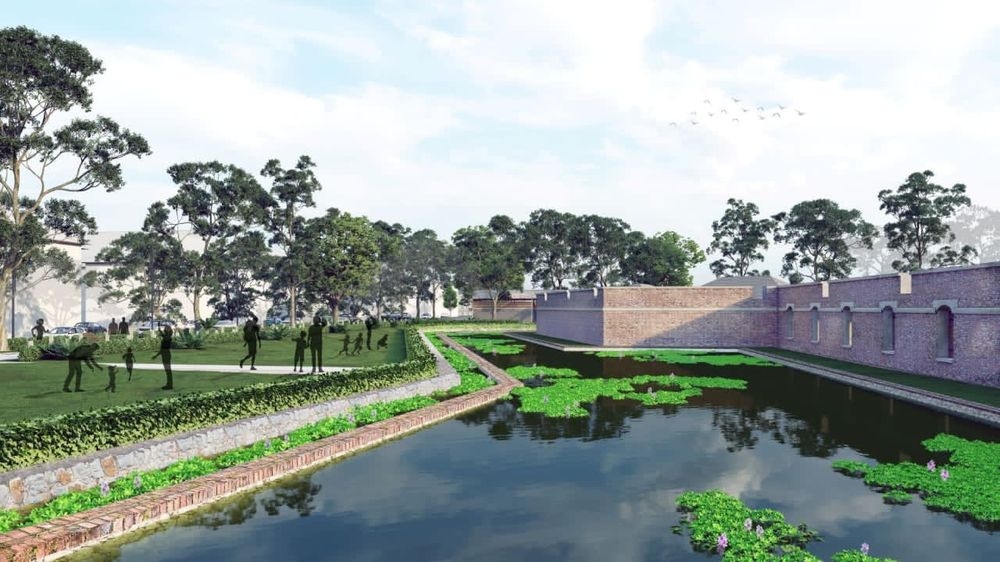GEORGE TOWN, March 14 —Penang Chief Minister Chow Kon Yeow today said that the RM20 million restoration of Fort Cornwallis’s moats will be completed and opened to the public by 2025.
He said about RM10 million was spent on excavation and works around the fort for the moats and another RM10 million will be spent to complete it.
He said the storerooms of the fort which were conserved and restored are now in the process of being converted into a mini gallery.
“The state has allocated RM1.5 million to set up the mini gallery and it is expected to be completed in August this year,” he said after a site visit and pre-launch ceremony of the Fort Cornwallis moats project.
He said between 2019 and 2021, several components of the Fort Cornwallis restoration project were completed with an allocation of RM4.6 million.

Among the works completed were the excavation works for the moat, excavation and conservation of the store rooms and the conservation of the cannons.
“We are starting the next components of the Fort Cornwallis project and we are now in the tender process to appoint a contractor to rebuild the L-shaped moat and an additional component, to upgrade the Astaka Kota Selera,” he said.
He said the state had approved an allocation of RM14.8 million for phases five and six of the project which is from 2022 to 2025.
The project is being implemented by George Town Conservation and Development Corporation (GTCDC), a partnership between Penang Chief Minister Incorporated and Think City with the Aga Khan Trust for Culture as the technical advisor.
Chow said GTCDC had prepared a mock-up moat measuring 200 square metre as a guide on the technical feasibility of the project.
He said the ecology of the moat is based on a hybrid filtration system that makes use of a mechanical sand filter inside the water basin and a plant-based bio-retention swale between the edge of the moat and the outer glacis wall.
The original moat around the fort with a varying width of between nine and 20 metres surrounded the entire perimeter of the fort.
It was built in its present form in 1804 by the East India Company.
The moat was eventually filled in 1921 due to health concerns following a malaria outbreak.
The 10 storerooms facing the fort’s interior court were restored in the fort restoration project and these will house the Fort Cornwallis Conservation and Museological Programme.




















